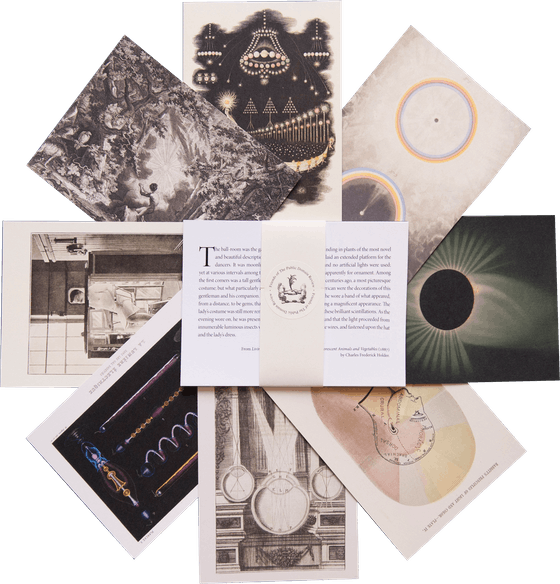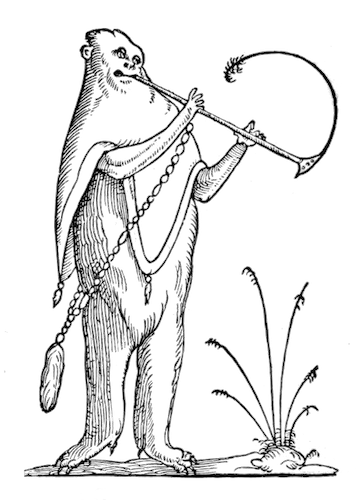
“Dialogue Between Frederick Ruysch and His Mummies” by Giacomo Leopardi (1827)
This is an English translation (published in an 1882 collection) of a short 1827 piece by the great Italian writer Giacomo Leopardi. In it he uses the macabre creations of the seventeenth-century Dutch anatomist Frederik Ruysch — who created remarkable "still life" displays using the preserved organs and skeletons of the dead — to reflect upon the mysteries of death. Leopardi has the piece open with Ruysch's "mummies", having come alive at night, singing in chorus. An awoken Ruysch watches through a crack in the door and, after overcoming his initial fears, ends up asking one of them for a brief description of what they felt when they were at death’s door. They assure him that dying is like falling asleep, like a dissolving of consciousness, and not at all painful. They declare that death, the fate of all living things, has brought them peace. For them, life is but a memory, and although they are not happy, at least they are free of old sorrows and fears.
Enjoyed this piece? We need your help to keep publishing.
The PDR is a non-profit project kept alive by reader donations – no ads, no paywalls, just the generosity of our community. It’s a really exciting model, but we need your help to keep it thriving. Visit our support page to become a Friend and receive our themed postcard packs. Or give a one-off donation. Already a supporter? A huge thank you for making all this possible.
A depiction of one of Ruysch’s displays, as featured in Alle de ontleed- genees- en heelkindige werken…van Fredrik Ruysch… vol. 3 — Source.
Aug 1, 2017






